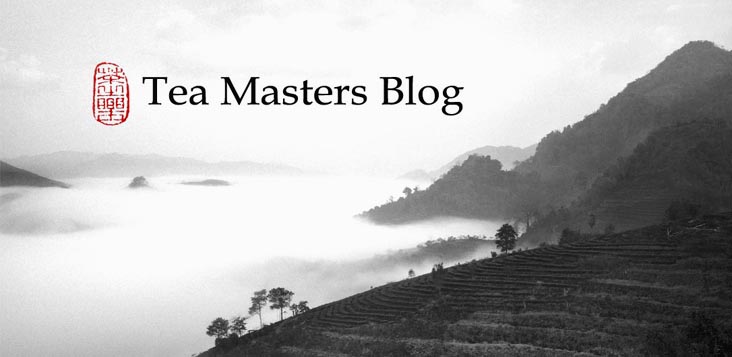
 Tea knowledge can be found in books, on the web and in tea classes with a master/professor. There is a lot that can be learned like this. The first step is to gain access to reliable sources for the knowledge. However, tea isn't an abstract science, but a very practical one. So, the second step is to experiment with tea to understand what you've learned or just to train your tasting skills. Here again, it's important to have a reliable source to get your standards right. And the whole process of learning and testing should bring you joy!
Tea knowledge can be found in books, on the web and in tea classes with a master/professor. There is a lot that can be learned like this. The first step is to gain access to reliable sources for the knowledge. However, tea isn't an abstract science, but a very practical one. So, the second step is to experiment with tea to understand what you've learned or just to train your tasting skills. Here again, it's important to have a reliable source to get your standards right. And the whole process of learning and testing should bring you joy!So, today, I started with a first experiment: comparing 3 different Jinxuan Oolongs to better understand the nuances of this (sometimes underrated) tea. So, I had the winter Zhu Shan and the spring Lu Shan Jinxuans from my selection and one sample from this winter from Ali Shan.
I used my blue Cha Bu to create an appealing Cha Xi that, I feel, is in harmony with this light and fragrant Oolong type. They say students learn better when they are happy and interested in their subject... Such a setup required and received my full attention.
I could 'feel' the difference between the floral, bursting spring flavors compared to the colder and lighter winter flavors. I could feel the depth and concentration from Lu Shan. I felt something similar with Zhu Shan, but with a little less strength (due to a lower elevation). And I felt a dark and exhausted soil from Ali Shan. (This was the reason I hadn't selected it.) It's still difficult to put words to characterize the smell of jinxuan. I would try with light milk caramel with a fresh twist.

 Next, I want to test different cups with shu puerh. To get into the mood for this tea, I flip my Cha Bu and replace a porcelain jar with big a stoneware jar. I use a (Shan Shui qinghua) gaiwan to get a neutral result that will be only impacted by the cups.
Next, I want to test different cups with shu puerh. To get into the mood for this tea, I flip my Cha Bu and replace a porcelain jar with big a stoneware jar. I use a (Shan Shui qinghua) gaiwan to get a neutral result that will be only impacted by the cups.

 Next, I want to test different cups with shu puerh. To get into the mood for this tea, I flip my Cha Bu and replace a porcelain jar with big a stoneware jar. I use a (Shan Shui qinghua) gaiwan to get a neutral result that will be only impacted by the cups.
Next, I want to test different cups with shu puerh. To get into the mood for this tea, I flip my Cha Bu and replace a porcelain jar with big a stoneware jar. I use a (Shan Shui qinghua) gaiwan to get a neutral result that will be only impacted by the cups.The gas fired industrial porcelain cup gives the lightest brew. It feels boring and flat compared to the three wood fired glazed cups. In these cups/bowl (more on them next week), the puerh feels thick and rich, smooth and sweet. They are an excellent fit with this tea.
There are countless experiments and comparisons one can perform. They all involve drinking tea and the satisfaction of learning!































